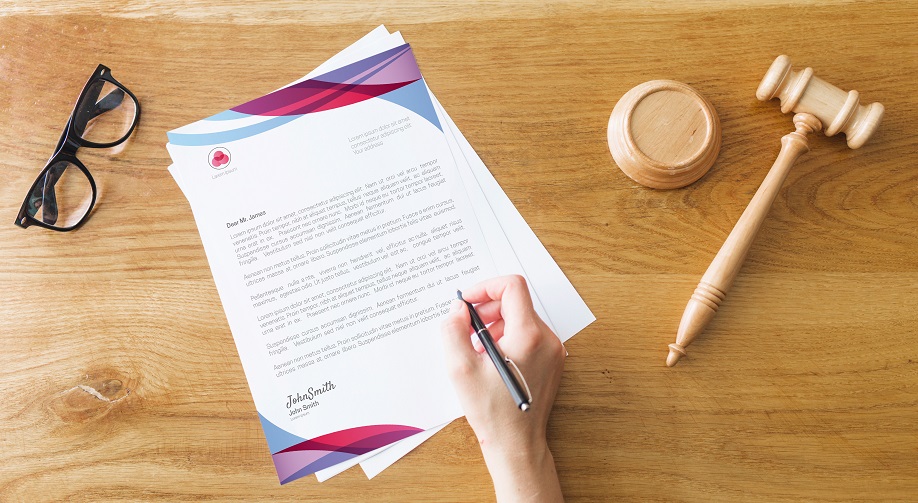General Introduction to FAA Bilateral Agreement (BASA) & EASA Maintenance Annex Guidance (MAG) & TIP
Change 8 Entry into Force: March 19, 2021
And Technical Implementation Procedures (TIP) for Airworthiness & Environmental Certification
Revision 6 September 22, 2017
Presented by Sofema Aviation Services (SAS) www.sassofia.com
Introduction MAG
The purpose of the Maintenance Annex Guidance (MAG) is to define the procedures and activities of the FAA, EASA , and Competent Authorities.
Each Party shall accept each other’s inspections and monitoring of repair stations/maintenance organizations for findings of compliance with their respective requirements as the basis for the issuance and continued validity of certificates.
Note Repair stations certificated under Title 14 of the Code of Federal Regulations (14 CFR part 145) and maintenance organizations certificated under Commission Regulation (EU) No 1321/2014 Annex II (EASA Part-145) are referred to as maintenance organizations.
The MAG is subdivided into Sections A, B, C, D, and E.
- Section A – Authority Interaction
- Section B – Certification for U.S.-based Repair Stations
- Section C – Certification Process for EU-based Approved Maintenance Organizations
- Section D – Entry into Force and Termination
- Section E – Authority
The MAG details EASA, FAA, and applicant actions required to be taken in order for an FAA-certificated 14 CFR part 145 repair station primarily located in the United States to be approved to EASA Part-145; and for an EASA Part-145 Approved Maintenance Organization (AMO) to be approved to 14 CFR part 145, in accordance with the Agreement.
FAA requirements are contained in 14 CFR part 145 and 14 CFR part 43. Guidance material, policy, and procedures are contained in FAA orders, notices, policy memoranda, and advisory circulars.
EASA requirements are contained in Regulation (EU) 2018/1139 of the European Parliament and of the Council of 4 July 2018, EASA Part-145, and associated EASA Acceptable Means of Compliance (AMC) documents and guidance material.
Differences
The FAA and EASA have established the differences between EASA Part-145 and 14 CFR part 145. These differences are listed as Special Conditions in Annex 2 as agreed between the EU and the United States.
U.S.-based, FAA-certificated 14 CFR part 145 repair station, when in compliance with EASA-published maintenance Special Conditions, may apply for an EASA Part-145 approval.
An EU-based, EASA Part-145 AMO, when in compliance with published FAA maintenance Special Conditions, may apply for a 14 CFR part 145 approval.
The Agreement permits reliance on each other’s surveillance systems to the greatest extent possible.
The FAA and EASA have agreed to conduct surveillance of each other’s compliance with the Special Conditions.
For the FAA, the frequency of surveillance is based on the current edition of FAA Order 8900.1, Flight Standards Information Management System (FSIMS).
The Safety Assurance System (SAS) uses risk to modify the work program using risk-based concepts that allow the aviation safety inspector (ASI) to target specific areas of elevated risk.
For EASA and the AAs, the frequency of surveillance is published in EASA Part-145, Sections B and C.
Introduction TIP
The TIP is based upon sufficiently compatible aircraft certification systems being in place at the time of signing.
The purpose of the TIP is to define the procedures for approving the design of civil aeronautical products and articles eligible for import into the U.S. and the EU, the process for obtaining eligibility for import, and the means for providing continued support of those civil aeronautical products and articles after import.
The TIP is based on continuous communication and mutual confidence in the FAA’s and EASA’s technical competence and ability to perform regulatory functions within the scope of the TIP.
The FAA and EASA, when acting as the Authority for the importing State, shall give the same validity to the certification made by the other, as the Authority for the exporting State, as if they were made in accordance with its own applicable laws, regulations, and requirements. When a finding is made by one Authority in accordance with the laws and regulations of the other Authority and the TIP, that finding is given the same validity as if it were made by the other Authority. Therefore,
the fundamental principle of the TIP is to maximize the use of the exporting Authority’s aircraft certification system to ensure that the airworthiness and environmental requirements of the validating Authority are satisfied.
The FAA and EASA agree that all information, including technical documentation, exchanged under the TIP will be in the English language.
EASA will ensure that any translated documents will have the same legal interpretation as the original documents.
The FAA and EASA mutually recognize each other’s aircraft certification systems which includes EASA recognition of FAA’s designee system and FAA recognition of EASA’s design and production organization system.
TIP Contents
Section i General
Section ii Scope of these Technical Implementation Procedures
Section iii Design Approval Procedures
Section iv Continuing Airworthiness
Section v Administration of Design Approvals
Section vi Production and Surveillance Activities
Section vii Export Procedures
Section viii Technical Assistance between Authorities
Section ix Special Arrangements
Section x Authority
Next Steps
Follow this link to our Library to find & Download related documents for Free.
Sofema Aviation Services (www.sassofia.com) and Sofema Online (www.sofemaonline.com) provide EASA and FAA Compliant Regulatory Training and Consulting – Please email team@sassofia.com
Tags:
14 CFR part 145, BASA, EASA, FAA, FAA Bilateral Agreement, MAG, Part 145, SAS blogs, TIP




